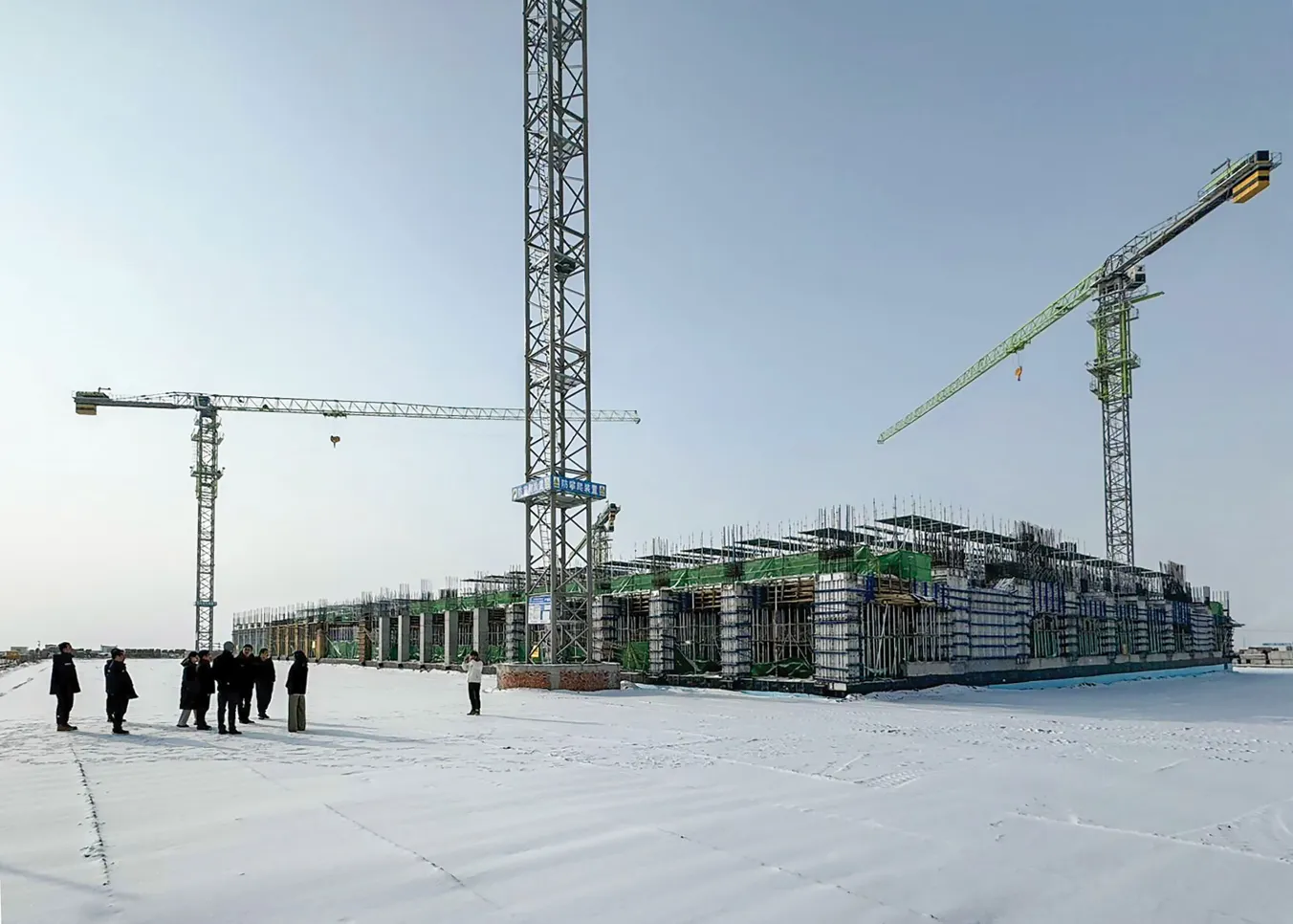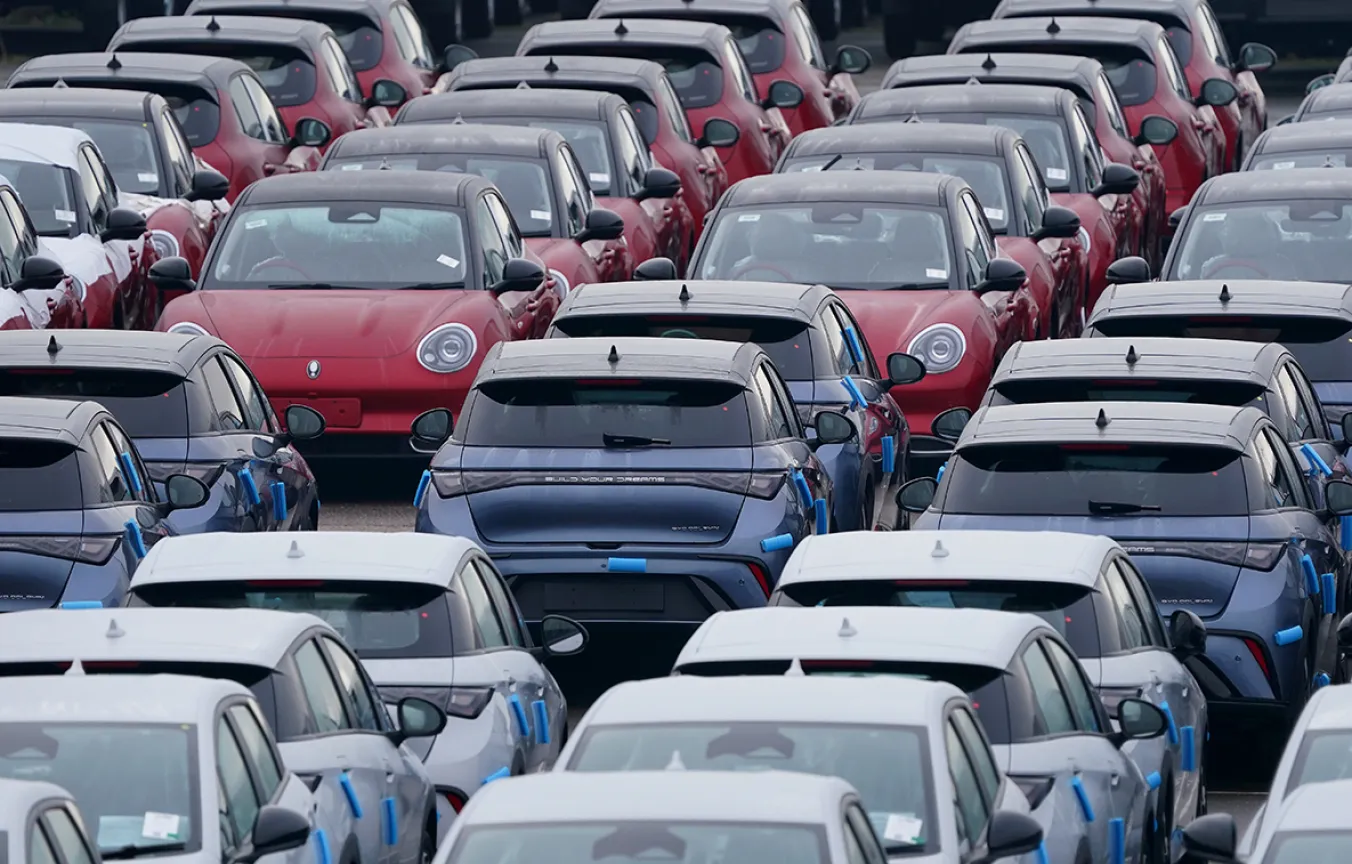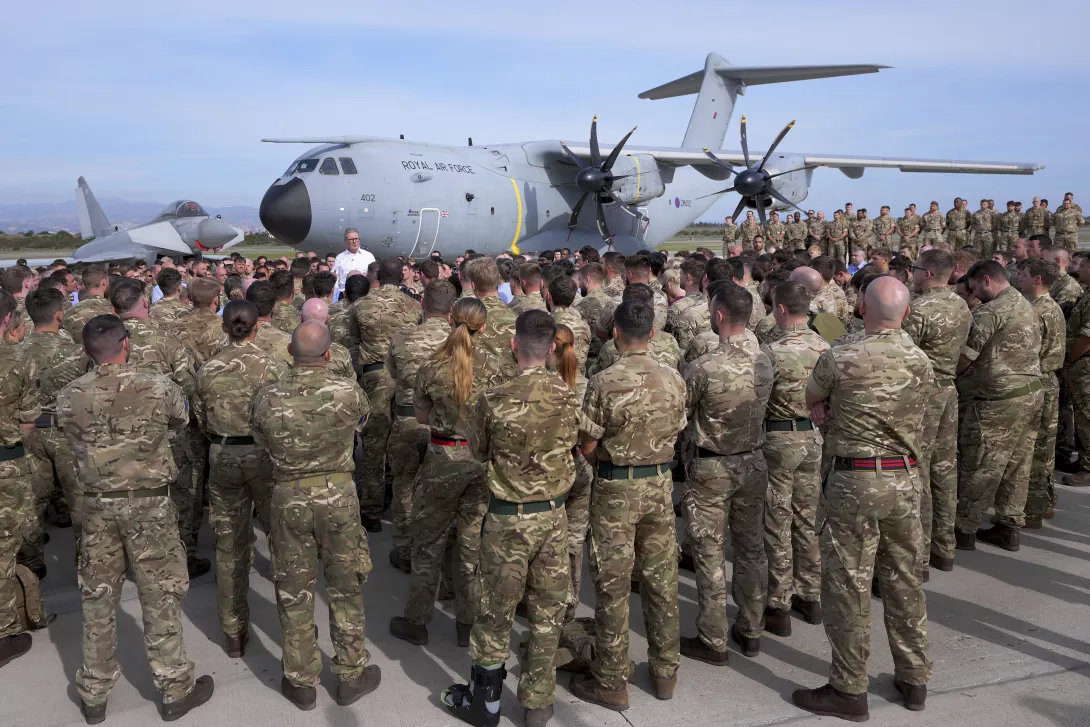
BRAIN-COMPUTER interfaces, humanoid robots and artificial intelligence. These terms once occupied the realms of science fiction, but are today regarded by the Chinese government as the most important forces in the drive for sustainable economic development. The term “new productive forces” has recently emerged in the country, and captures the trend.
As the country’s top legislature and political advisory body meet for the Two Sessions, China’s biggest annual political gathering, delegates and members are set to discuss plans to shift future-oriented industries from a focus on quantity to quality.
The phrase “new productive forces” was first uttered by Chinese President Xi Jinping in September 2023 when he listed “new energy, new material and hi-tech manufacturing” as key areas to focus on.
China’s economy expanded by 5.2 per cent last year, ensuring the country maintains its position as the biggest engine of global economic growth. However, the country remains in a critical period of economic transformation, as the economy faces difficult challenges such as insufficient demand, overcapacity, and weak social expectations.
“Establishing the new before abolishing the old” is the central government’s goal for economic development this year. Central to this is the effort to upgrade existing productive forces.
The question is, how? The task is even more pressing, given the way scientific and technological innovation have become key battlefields of international competition.
One important area for China is its industrial chain.
In terms of manufacturing, the country has more than 200 mature industrial clusters in which upstream and downstream enterprises are better able to collaborate to adapt to the revolution in productivity.
From the central government to local authorities, China has sent a strong signal to promote the development of the new productive forces. In turn, the transformation from quantity to quality has already started.
Changzhou in Jiangsu province used to rely on the textile and machinery manufacturing industries. After electric vehicle giant Li Auto was introduced in the city in 2016, Changzhou has worked to complete the sector’s upstream and downstream industrial chain.













